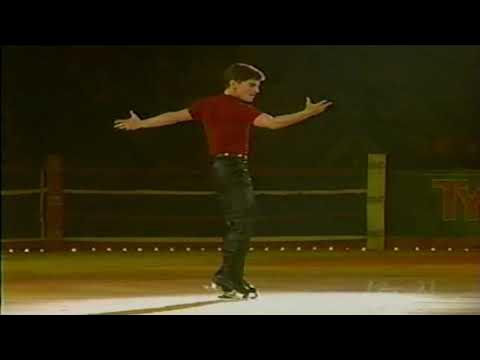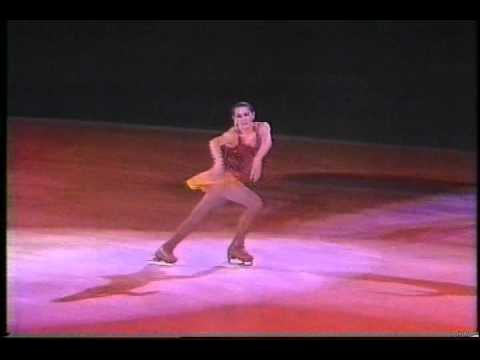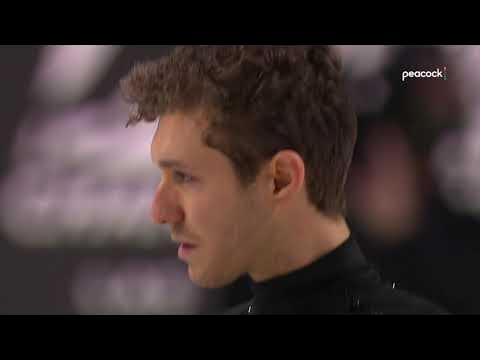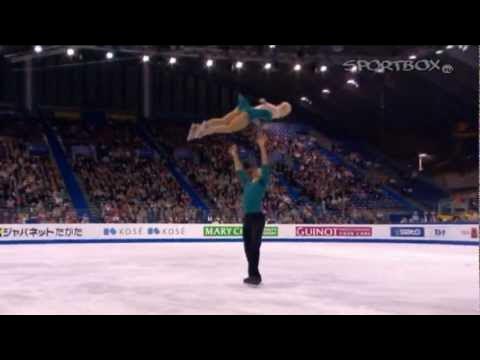As a parallel to the ballet thread...
I don't have a specific theoretical topic to raise. I just thought we could use the thread for discussing ways in which "modern dance" traditions have informed figure skating, separately from ballet or ballroom.
A few videos to begin with:

 www.youtube.com
www.youtube.com

 www.youtube.com
www.youtube.com

 www.youtube.com
www.youtube.com
 www.youtube.com
www.youtube.com
I don't have a specific theoretical topic to raise. I just thought we could use the thread for discussing ways in which "modern dance" traditions have informed figure skating, separately from ballet or ballroom.
A few videos to begin with:

John Curry - After All
An amazing number by John from his 1980 special Ice Dancing. Mesmeric!!

Paul Wylie 1996 Battle of the Sexes SP Touch Me

2011 2012 Worlds Pairs LP Aliona Savchenko & Robin Szolkowy Pina
- YouTube
Auf YouTube findest du die angesagtesten Videos und Tracks. Außerdem kannst du eigene Inhalte hochladen und mit Freunden oder gleich der ganzen Welt teilen.




 ): where does Alvin Ailey fall in this range? Or don't you have an opinion on that?
): where does Alvin Ailey fall in this range? Or don't you have an opinion on that?




